Oops! That page can’t be found.
Nothing was found at this location. Try searching, or check out the links below.
On Sale Now
-
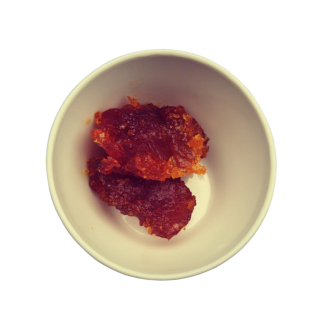
Arabian Jasmin – Jasmine Sambac Concrete: Vintage, Rich & Floral
Sale! Price range: €25.00 through €202.50 Select options This product has multiple variants. The options may be chosen on the product page -
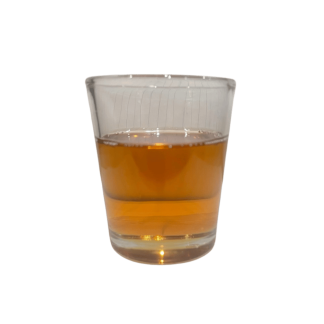
Balsam of Copaiba
Sale! Price range: €30.00 through €87.00 Select options This product has multiple variants. The options may be chosen on the product page
Popular Products
-

Natural Perfume Academy Vocabulary & Fragrance Wheel – Double-Sided 200 mm Disc
€8.00 Add to basket -
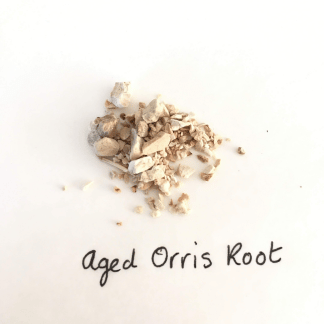
Aged Orris Root – Iris germanica for Natural Perfumery
Price range: €7.50 through €51.90 Select options This product has multiple variants. The options may be chosen on the product page -
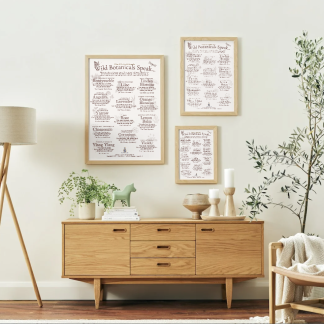
Wild Botanicals Speak – Fine Art Print
Price range: €35.00 through €115.00 Select options This product has multiple variants. The options may be chosen on the product page -
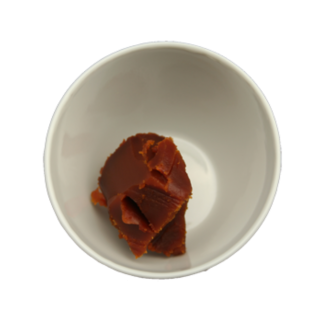
Royal Jasmine – Jasmine Grandiflorum Concrete: Vintage, Elegant & Floral
Sale! Price range: €25.00 through €202.50 Select options This product has multiple variants. The options may be chosen on the product page
